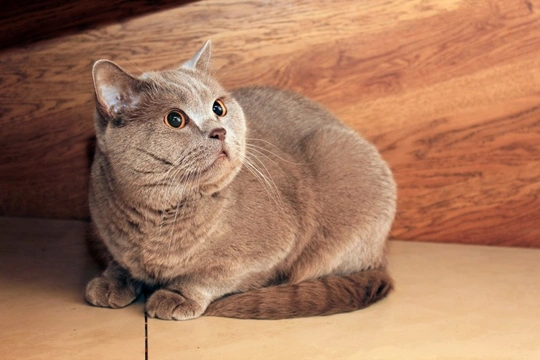
Why is my cat’s coat changing colour?
All cat owners will know that as their cats develop and age, they go through some physical changes, and to a lesser degree, the same happens throughout the year too as the seasons change as well. One of the most noticeable and common changes that occurs in cats now and then, and which can occur several times throughout their lives or even in the course of the average year too, happen to the cat’s coat-changes of coat colour at different times within the same cat are very common, although they often confuse the cat’s owner!
In this article, we will look at some of the most common causes for a cat to change colour as well as what it means, and what, if anything, can reverse the change! Read on to learn more about why your cat might be changing colour.
Age-related colour changes
As your cat gets older, they will almost certainly start getting the odd grey hair, and over time, the amount of grey in your cat’s coat can cover more area than their original colour! While grey hairs can appear anywhere on the body at any time, the muzzle, whiskers, flanks and tail are often the first areas to begin to show the difference!
Sunshine
Anyone who spends a lot of time outside in the summer months without a hat on will know that their hair is apt to lighten up in the sun, and the same thing can happen to the fur of your cat too! Changes in colour due to sunlight exposure are usually most apparent in dark-coated cats, and black or very dark cats may begin to take on a distinctly gingery hue, or in some cases, begin to display the signs of a very faint pattern under their otherwise dark fur!
The difference is often most apparent in long haired cats, as the ends of their fur tend to lighten up before their main body colour-and of course, when the weather cools off again, their colour will return to normal!
Spaying
When female cats are spayed, they usually have the area on the left side of their flank, or an area under their stomach shaved off, in order to permit the vet to make their incision. Generally, this fur grows back over the area in question quickly and without any obvious change from the surrounding skin, but in some cats, this area can grow back slightly darker than the rest of the fur, particularly in colour point breeds who are spayed during the winter months!
The reasoning behind this is because the colourpoints of such cats only develop after some time-Siamese kittens, for instance, are born all-white, and only develop their colour patches after a week or so. This is because such breeds darken up on their extremities, which are cooler, and so spaying a colourpoint cat in the winter will make the shaved area of fur colder than the rest of their body!
Often, this darker area of fur (if it appears at all) will lighten up again over time.
The temperature
In a similar vein, changes in temperature in general can alter the colour of your cat’s fur-again, more commonly with colourpoint cats, but it can happen to any form of feline! Cats that are cold, or cats during the winter, will tend to be slightly darker than in the summer, and also as their fur will grow thicker and warmer as a result of this, the appearance of the coat can all vary too.
Also, colourpoint cats that are kept indoors where the temperature is always consistent will tend to have lighter white bodies than colourpoint cats that go outside all year round!
An enzyme deficiency
A deficiency in the tyrosine enzyme, which is responsible for black pigment, can lead to cats that are naturally black or shades of dark brown developing a reddish or rusty tinge to their fur, as can sometimes happen with exposure to the sun. However, if this red tinge is present in the cat’s fur all year round, including during the colder weather, you might want to get them checked out by your vet.
Health issues
Various different chronic health issues can alter the colour of your cat’s coat and skin, and so if you do spot any changes, you should get them investigated by your vet to ensure that they are not an early warning symptom of something being wrong.
Liver and kidney problems as well as long term issues such as a thyroid hormone deficiency can all result in changes to the colour and even texture of your cat’s coat, and in some cases, their eyes, mucous membranes and skin as well.
If your cat’s colour appears to have changed within a very short space of time and or no obvious reason, talk to your vet to ensure that there is not something amiss.



